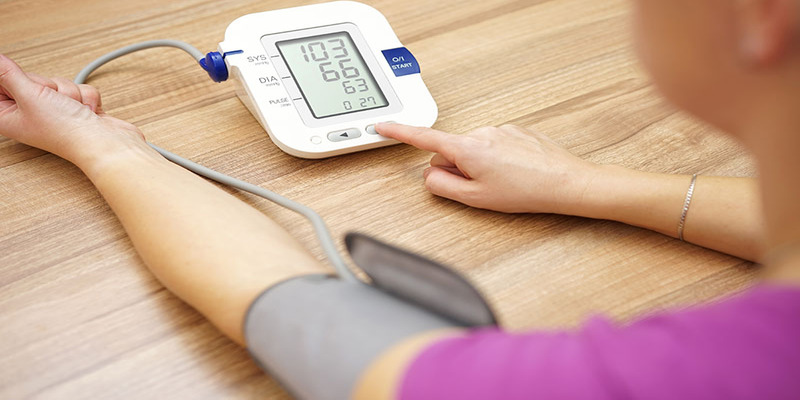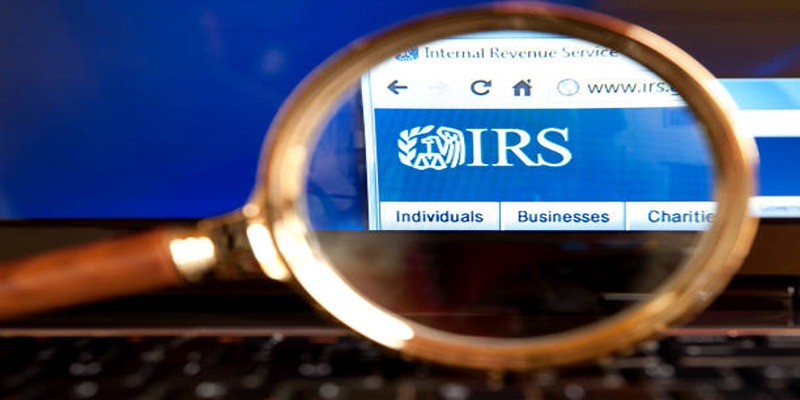High blood pressure is a critical yet avoidable danger for heart disease. Addressing hypertension, whether through changes in lifestyle or medication, reduces the chances of experiencing a heart attack, stroke, or dying from heart disease.
However, to address a problem, you must first accurately diagnose it. There are numerous challenges in correctly measuring blood pressure. A frequently ignored aspect is the correct size of the cuff on a blood pressure monitor.
Using a cuff that is either too big or too small can lead to inaccurate blood pressure readings. Without precise BP measurement, healthcare providers cannot confirm that patients are achieving their blood pressure treatment objectives.
So, it is important to stock a variety of cuff sizes to guarantee precise blood pressure measurements. Let's have a look at why blood pressure cuff size matters.
Importance of Proper Cuff Size
 Be it blood pressure or any other health problem, always consult with your healthcare provider for diagnosis and treatment, focusing on your particular health requirements. If you believe that you might have an issue, it's important to reach out to a certified healthcare expert right away.
Be it blood pressure or any other health problem, always consult with your healthcare provider for diagnosis and treatment, focusing on your particular health requirements. If you believe that you might have an issue, it's important to reach out to a certified healthcare expert right away.
Getting an exact reading of blood pressure relies on correctly preparing the patient, placing them in the right position, using the right method for taking the measurement, and choosing the right size of the cuff. This choice should be made according to the patient's mid-arm circumference.
Recommendations from clinical practice guidelines suggest choosing a cuff that fits well based on the patient's mid-arm circumference before taking their blood pressure (BP) readings.
The importance of cuff size might be even greater in areas where obesity is common, as larger or oversized cuffs could lead to more precise blood pressure measurements.
Criteria for Determination of Cuff Size
Do not use the markings on the blood pressure cuff for reference. Instead, use the following criteria for determining the appropriate cuff size for the participant:
Arm circumference (cm/in.) | Cuffs Size (cm) |
16.0 22.5 cm (6.4-9.0 inches) | small size cuff (9.0 cm) |
22.6 30.0 cm (9.1 12.0 inches) | regular size cuff (12.0 cm) |
30.1- 37.5 cm (12.1 15.0 inches) | large size cuff (15.0 cm) |
37.6 43.7 cm (15.1 17.5 inches) | Thigh size cuff (17.5 cm) |
How Do You Know You Are Using The Wrong Cuff Size?

The easiest method to swiftly and accurately determine the correct BP cuff size involves selecting one that spans two-thirds of the gap from your patient's elbow to shoulder. Having a selection of at least three cuff sizes (such as large adult, standard adult, and children's) will accommodate most adults.
If you often see children, it's advisable to have a variety of smaller sizes available. Korotkoff sounds are the sounds detected with a stethoscope when the cuff is deflating. They occur in five steps:
- At the start, the sounds are detectable and correspond to the presence of a palpable pulse
- These sounds become soft, long, and inconsistent.
- Sounds change to a loud quality
- The sound pitch intensity changes and becomes muffled
- Sound disappears.
The study revealed that using an incorrect cuff size can cause a variation in blood pressure that varies from 5 to 20 mmHg.
Given that there are limits that distinguish between normal blood pressure and levels that are either too low or too high, even a slight deviation in numbers could adversely impact your well-being.
How to Get Accurate Blood Pressure Readings at Home?

- If you're uncertain about the suitability of the blood pressure cuff you're using for at-home blood pressure checks, bring the cuff along and consult with your physician. Before buying a new blood pressure monitoring gadget, discuss it with your doctor beforehand.
- Once you've selected the correct cuff size, there are additional considerations for achieving precise blood pressure measurements at home, such as ensuring the monitor is validated. This means if the monitor is intended for an elderly individual, a pregnant individual, or a child, it must be validated for these specific populations.
- Avoid checking your blood pressure right after eating, smoking, consuming caffeinated beverages like coffee, or engaging in physical activity. These actions can temporarily increase your blood pressure. Before you measure, ensure you use the restroom.
- Opt for a short-sleeved t-shirt or any garment with sleeves that can be easily adjusted, avoiding anything that's too tight. This will ensure the cuff of the monitor fits properly around your arm.
- Take a five-minute break before you record your blood pressure. Find a quiet spot, preferably a desk or table, to sit. Support your back with your arm on a stable surface and keep your feet on the ground. Maintain this position throughout the measurement.
- Align yourself so that your arm rests on a surface at the same height as your heart. Relax your arm and hand, avoiding any tension.
- Strive to be in a state of relaxation and comfort. Stress or discomfort can cause a temporary spike in your blood pressure.
- You can ask a provider or pharmacist for advice or recommendations if youre not sure what kind of home blood pressure monitor to get.
Conclusion
In this article, weve discussed why blood pressure cuff size matters. Choosing the right cuff size for blood pressure is crucial for accurate diagnosis and treatment. Using a cuff that is either too big or too small can lead to inaccurate readings.
The appropriate cuff size should be based on the patient's mid-arm circumference. Using an incorrect cuff size can cause a variation in blood pressure that varies from 5 to 20 mmHg.
So, it is important for healthcare providers to stock a variety of cuff sizes to guarantee precise blood pressure measurements.







